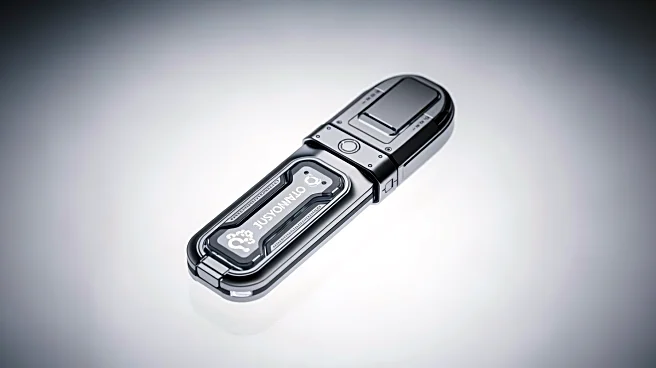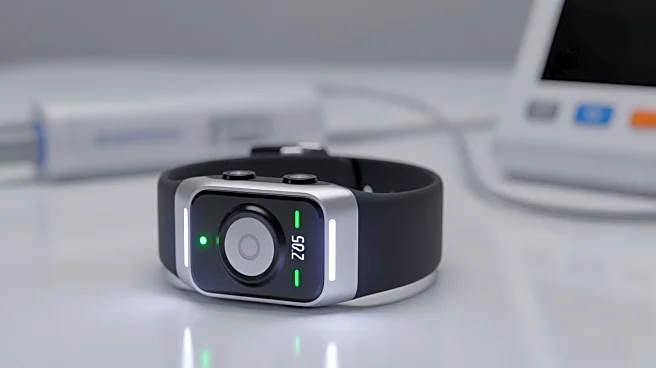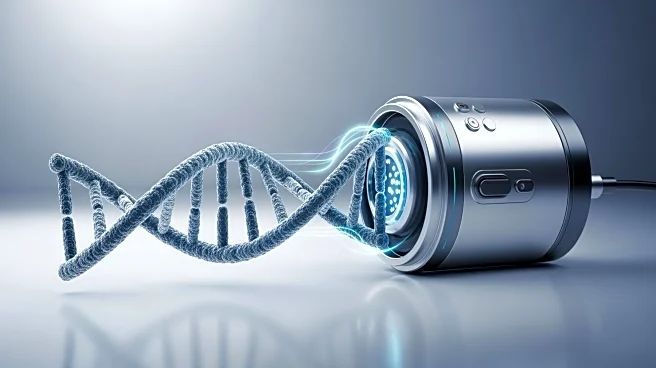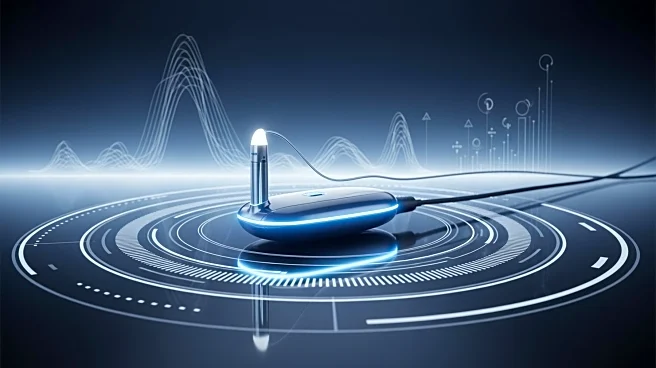What's Happening?
Researchers from Stanford University, the Georgia Institute of Technology, Emory University, and Michigan State University have developed a new type of implantable electronic fiber. This innovation involves rolling sensors and electrodes onto a thermoplastic
film, creating a 230-μm-diameter soft fiber with 1,280 electrode channels. The fiber is designed for motility sensing, electrical stimulation, and electrochemical sensing of serotonin in the small intestine of awake pigs. Additionally, a 32-channel brain probe was tested for continuous single-neuron recording in mice. Another team, led by Ruijie Xie, has created a stretchable fiber with segmented electrodes and strain sensors, capable of detecting electrophysiological and mechanical signals. This fiber can be guided to specific locations using a magnetic bead, allowing for applications such as electrocorticography in rabbits and stable bioelectrical monitoring in rats.
Why It's Important?
The development of these implantable electronic fibers represents a significant advancement in medical technology, potentially transforming how medical professionals monitor and treat various conditions. The ability to perform continuous monitoring and stimulation in living organisms could lead to breakthroughs in understanding neurological and gastrointestinal disorders. This technology could also pave the way for more personalized and precise medical treatments, improving patient outcomes. The research highlights the potential for interdisciplinary collaboration to drive innovation in medical devices, which could have far-reaching implications for healthcare delivery and patient care.
What's Next?
Future research will likely focus on refining these technologies for human applications, addressing challenges such as biocompatibility, long-term stability, and integration with existing medical systems. Regulatory approval processes will be crucial for bringing these innovations to market. Additionally, further studies may explore the potential for these fibers to be used in other medical applications, such as cardiac monitoring or drug delivery systems. The success of these developments could stimulate interest and investment in similar technologies, accelerating the pace of innovation in the medical device industry.














